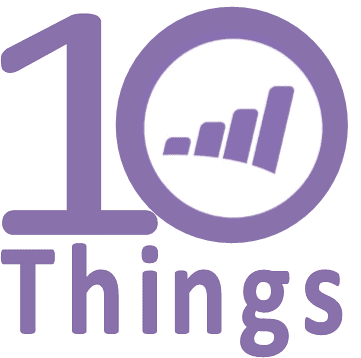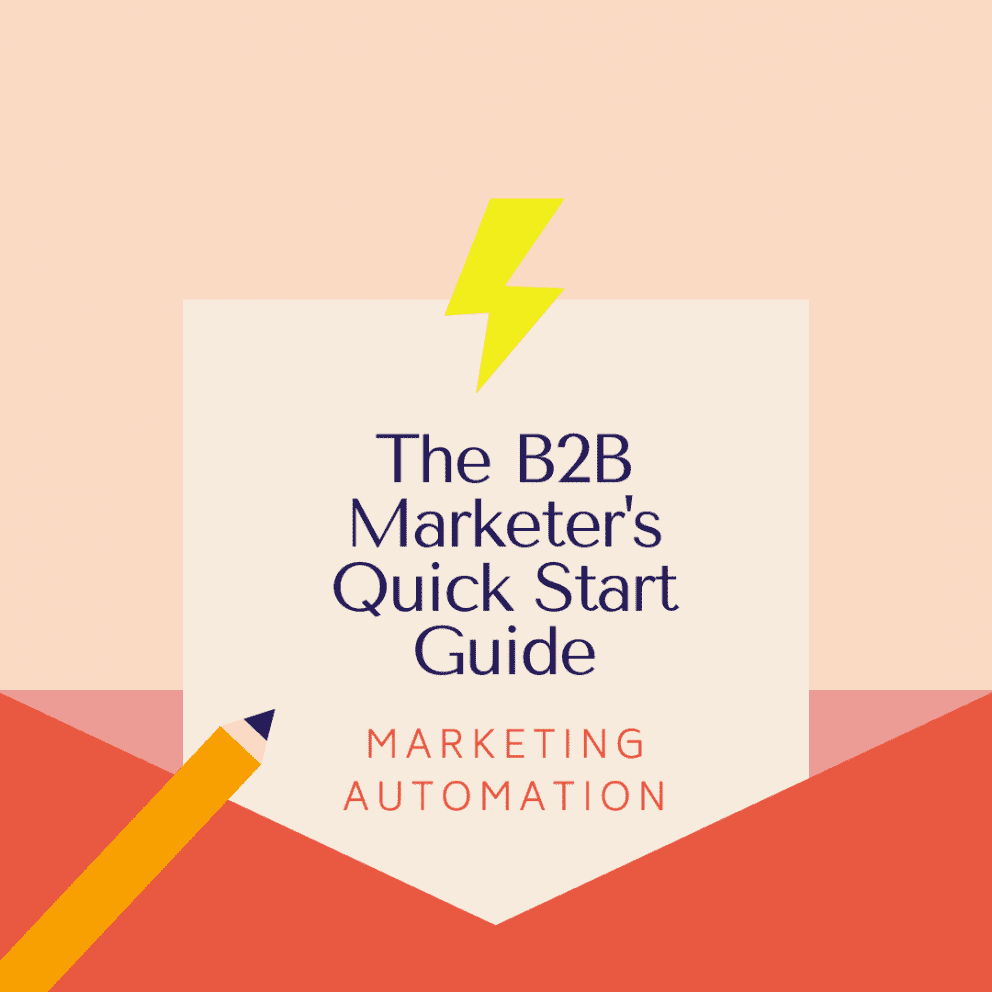11 Ways to Set Your Marketing Automation Platform up for Success in the New Year

Summary
Clean up and organize your marketing operations systems, learn from the previous year, and prepare for what’s to come.
By Lisa Heay, Director of Business Operations at Heinz Marketing
It’s another new year, and every January serves as a fresh start—an opportunity to set your intentions and some goals for the next 365 days. We’ve come back from the holidays, refreshed and ready to go, and for Marketing Operations people, it’s a great time to clean up and organize your systems, learn from the previous year, and prepare for what’s to come.
Here are 11 things you can do now to set yourself up for success in your marketing automation platform in the upcoming year.
1. Update the copyright dates that appear in your email and landing page footers
If you haven’t set up tokens, updating the copyright year is a daunting task. Every email template, scheduled or triggered email, active landing page, and landing page template needs to be updated. I’ve done this task manually, and it’s a pain to say the least.
As I mentioned in a previous blog post, if you’re not using global tokens, you need to be. Take the time to understand the hierarchy of tokens and how they’re inherited down the folder tree. If you plan your folder structure and tokens appropriately, updating the copyright year should be about a 30-second task.
It’s not hard to get started with global tokens. We have a “!Universal” folder within Marketing Activities that everything else lives in. The sole purpose of that folder is to set up global tokens that apply down to every marketing campaign or asset we have set up.
2. Archive last year’s programs
File away last year’s email programs, webinars, and events to clear the clutter for 2024. It’s best to mirror your folder structure in the archives, so that you can easily reference old programs later, if needed.
Keep in mind that archiving programs does not automatically turn them off. Make sure you deactivate any triggers or turn off any scheduled batch runs before moving your programs to the archives.
3. Set up your folder structure for new programs
If you’ve organized your instance by folders and archived last year’s programs, create your new 2024 folders now so that it’s clear where new programs should be filed. For me, when I’m busy trying to crank out programs, my organizational skills go out the window, but if I’ve set up my structure successfully ahead of time, things tend to stay neat and tidy. Not to mention I get less questions from others about where things should go or where they can find something.
4. Merge your duplicates
Prepare your database for success in the new year. Do you have duplicate leads taking up space? If you stay on top of it, this doesn’t have to be a big task. We review our system’s duplicates on a monthly basis. Whatever your cadence, this should be part of your regular maintenance.
If you manage a large database (and budget to spend), a duplicate management tool may be the way to go.
5. Cleanse and append your database
We all know that people move on to new roles all the time, and data can quickly go out of date. Now’s the time to review your database to determine who is engaging with you, how many leads you have within your ICP, and where the gaps are. You should come out of this exercise with lists of leads you can delete (if they are not engaging and not a target, they don’t need to take up valuable space in your database!), and lists that need an update or an append to fill in missing data.
6. Review your nurture content
Nurture programs are often set and then forgotten about. If you haven’t reviewed what you’re sending at a regular cadence, take this opportunity in the new year to read through each email to ensure the content and your messaging is still relevant, timely, and in line with your organization’s objectives for the year.
Also review your entrance and exit programs. Are the right leads entering the right tracks? Are your nurture streams successfully meeting their original objectives? Is there an opportunity to build tracks to help support new company objectives?
7. Audit lead scoring
Are the scoring attributes you’ve used still relevant to marketing and sales? Do they match your ICP? Are the triggers working as you’d planned? Do the point values associated with each one still make sense? Take this opportunity to review your scoring programs and the MQLs it produces. Are they meeting the right expectations? Is there an opportunity for improvement?
8. Check in with your sales team
What’s working? What isn’t? Are they getting the quality of leads they expect? Are lead alerts, tasks, interesting moments, and lead assignments working as they need them to? Is the SLA being followed between both teams as far as who should be doing what at each stage of the lead flow? Staying in tune with your sales team will help ensure confidence and alignment between teams.
9. Review new data privacy regulations
The world of data privacy continues to evolve rapidly. Make sure you’re up to speed on the laws that impact your organization. You’re probably familiar with GDPR, CASL and CCPA, but many US states are rolling out their own versions, as well. As of this writing, 13 US states have signed their own privacy bills, and 14 more are in progress.
10. Reporting
You may be wrapping up reporting from the previous year, but make sure to align the system to the new year’s KPIs. Understand what reports will be important to see, who will need to see them, and ensure your system is set up accordingly. This year’s goals are likely different from those from last year, so prepare now.
11. Review your user list
Take a look at your list of users. Are there people who have moved on from your team? Contractors you no longer work with? Are there team members whose roles have changed? Are there people with assigned licenses that have not logged in in a long time? Now’s the time to clean up your user list—you can always re-add someone later, if needed.
Take the time now to set yourself and your marketing operations team up for success with a regular cadence of review across your systems. Happy New Year!






